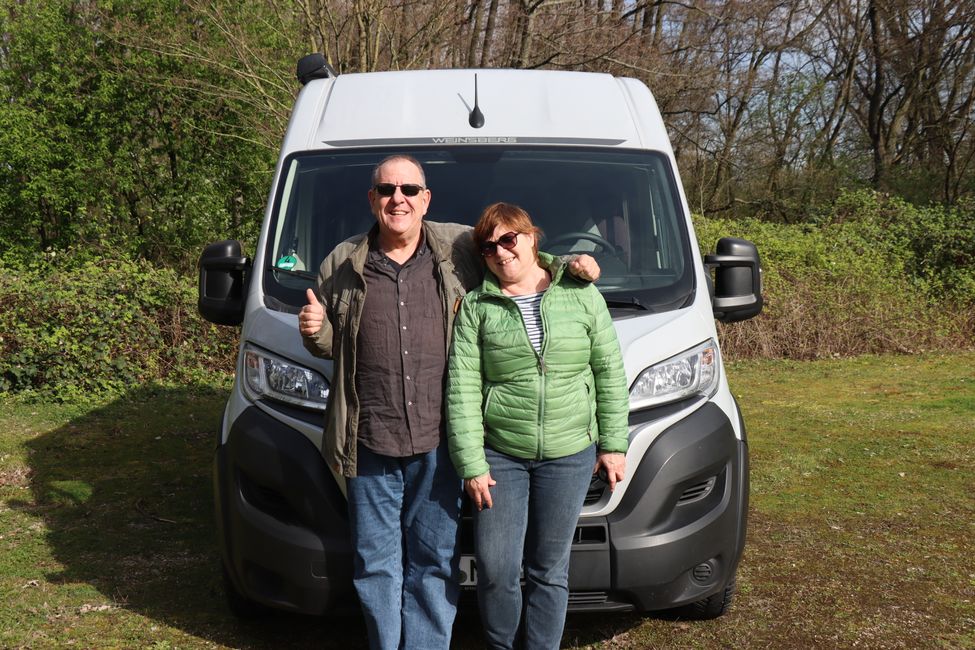On the Dempster Highway to Tuktoyaktuk on the Arctic Ocean
Publicado: 29.07.2024
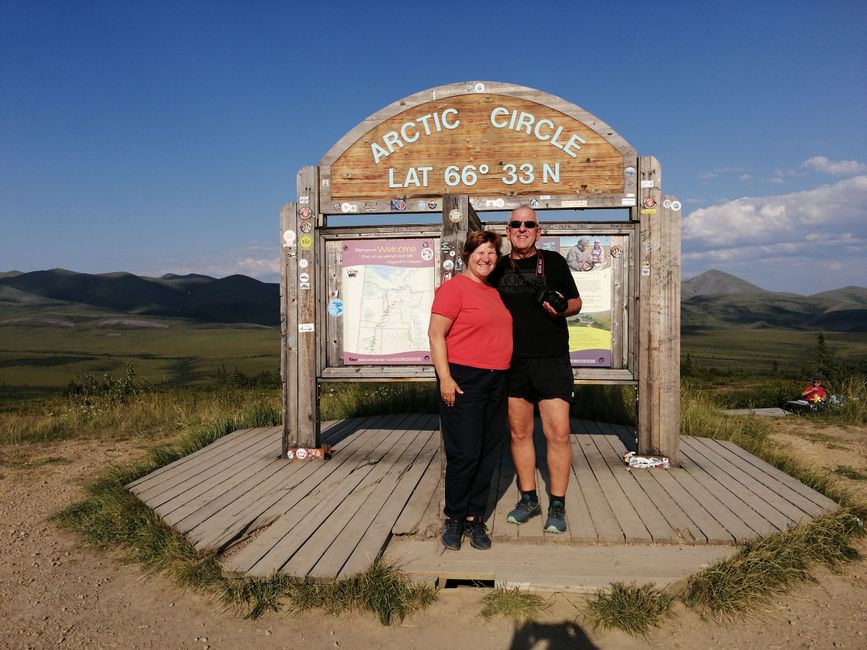
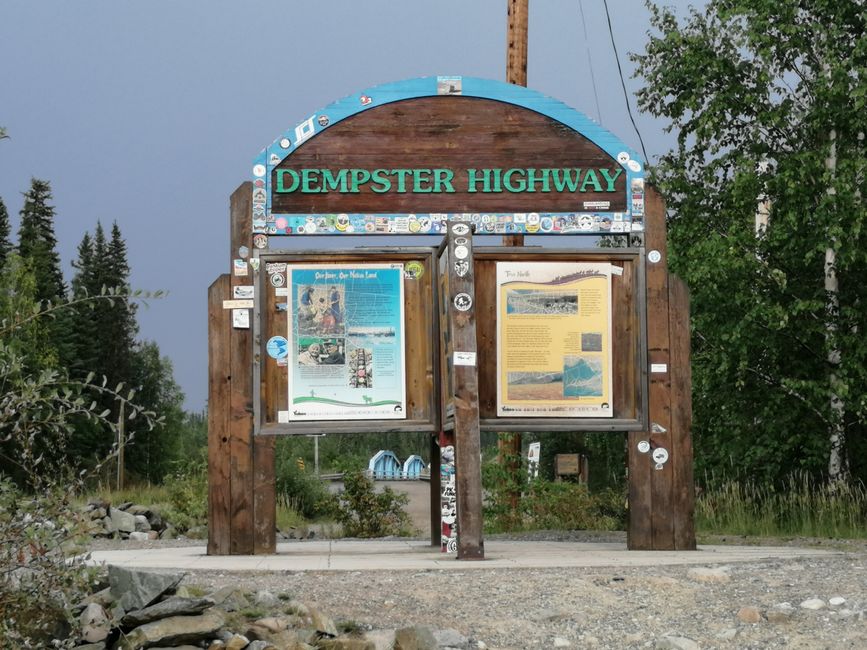
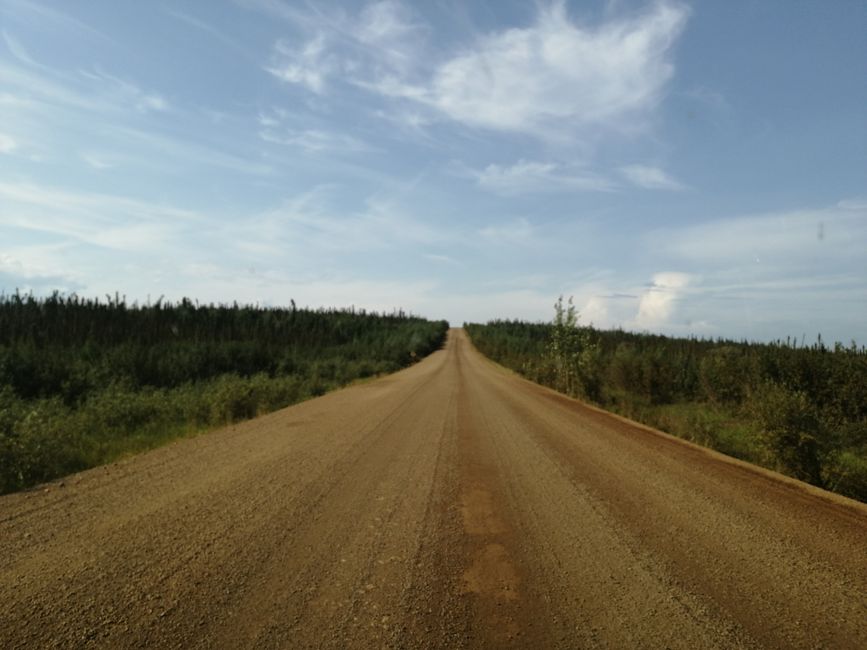

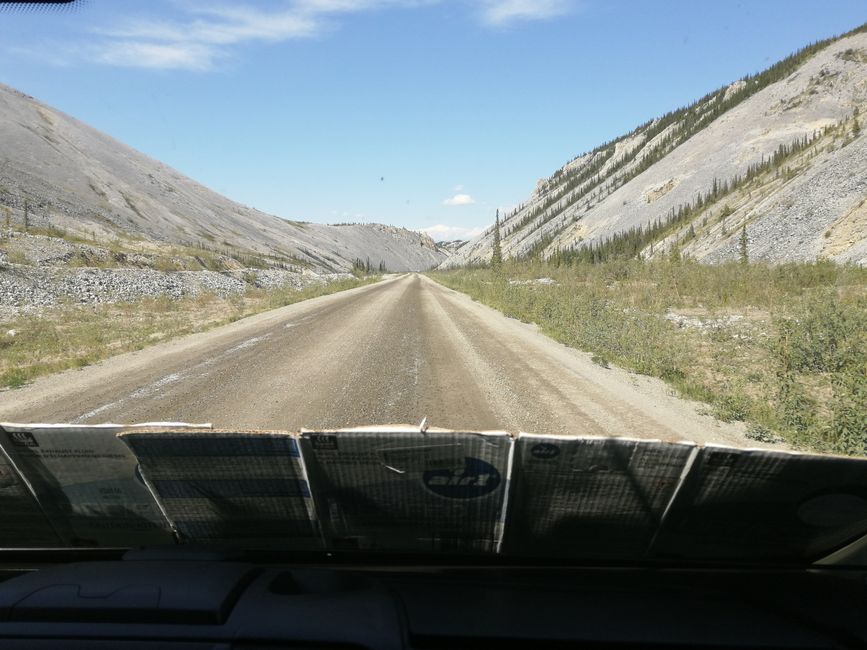
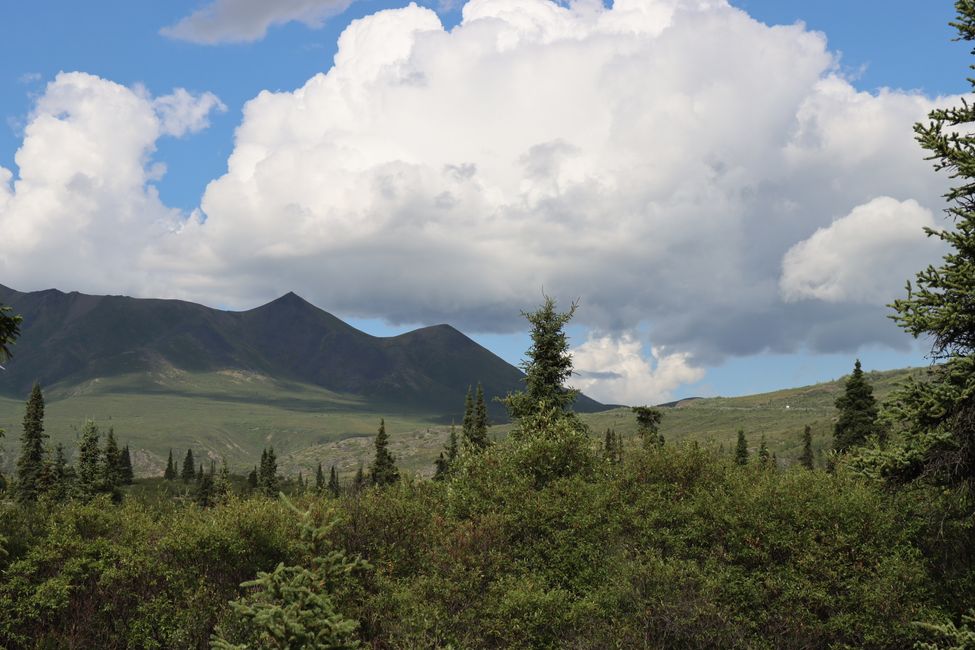
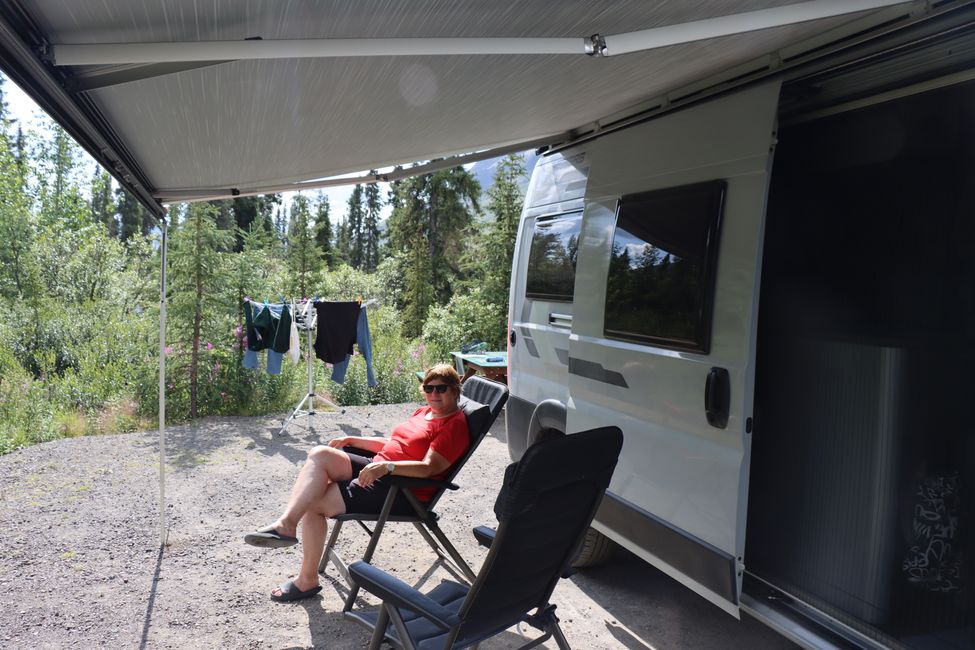
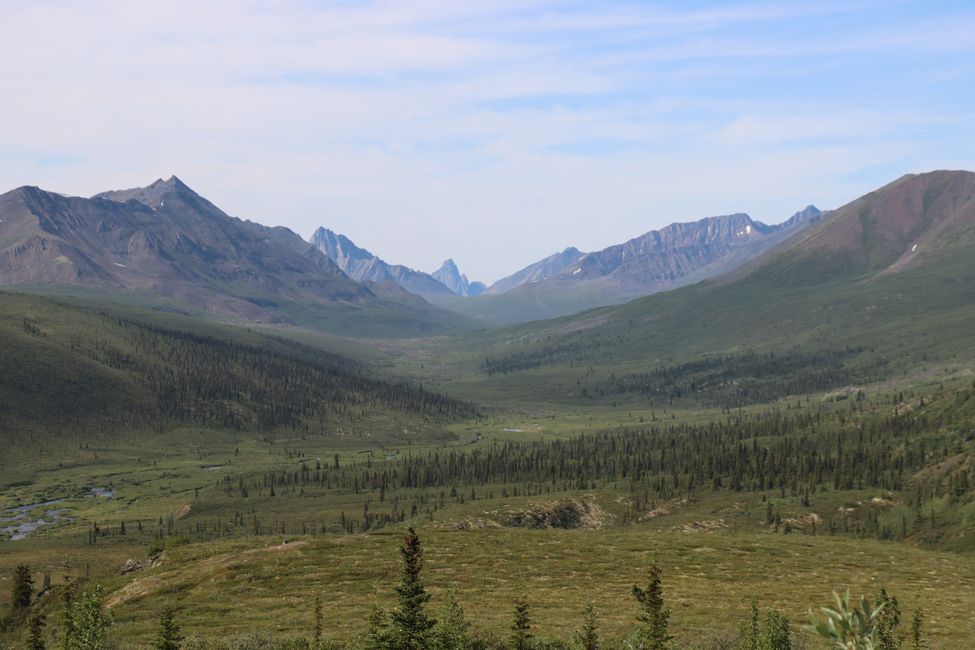
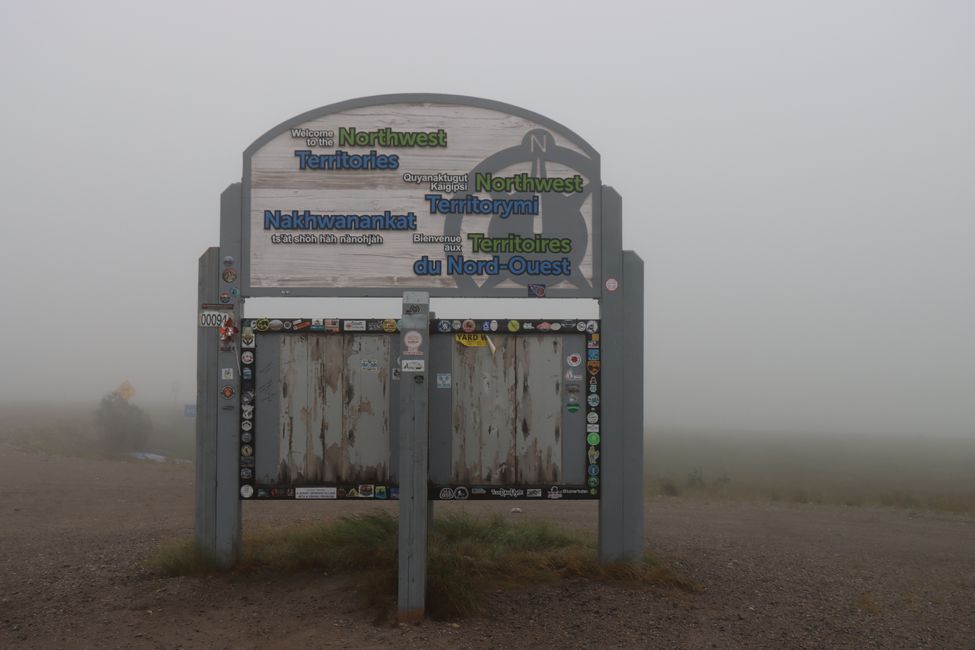
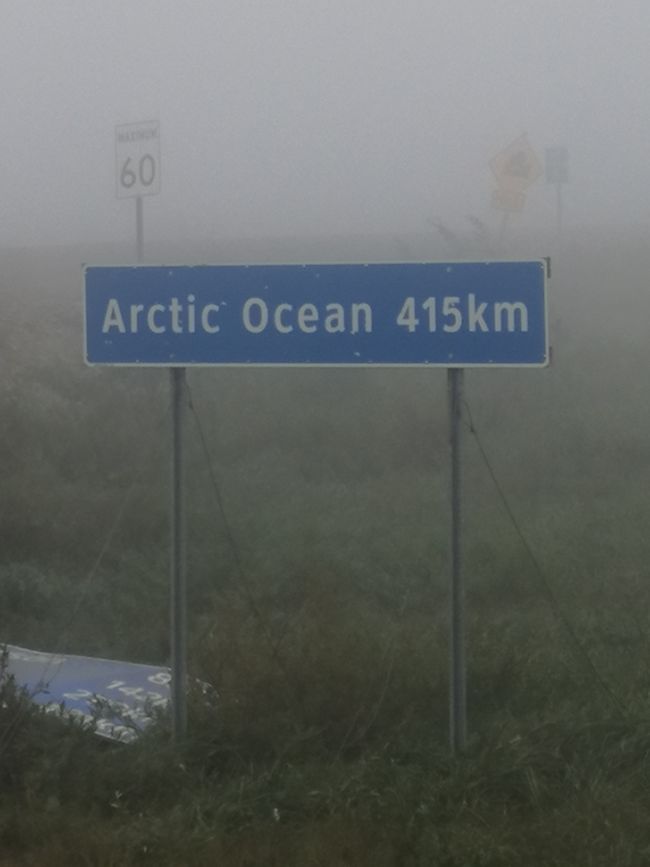
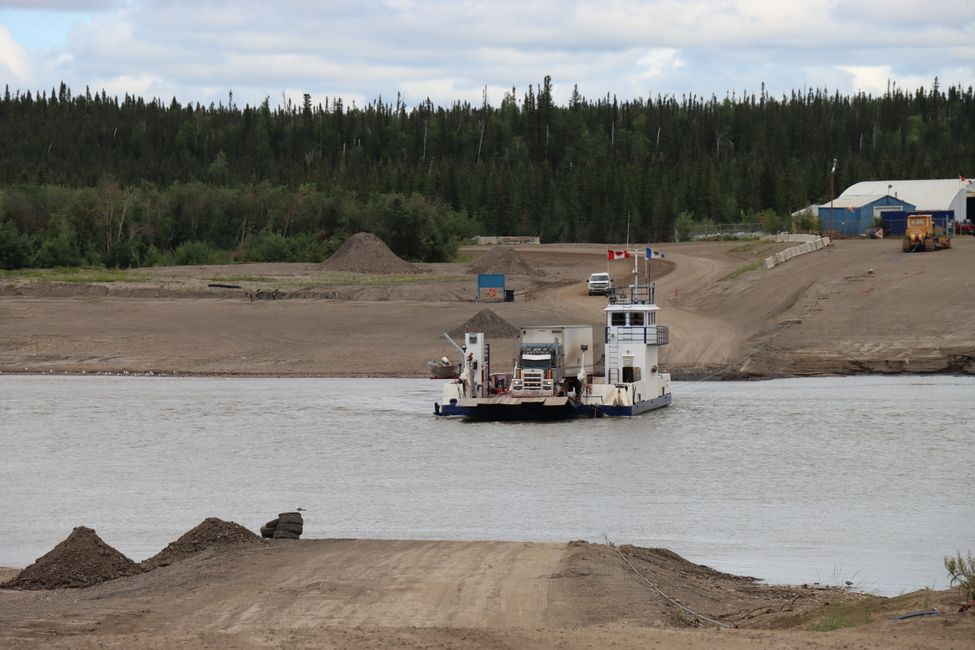
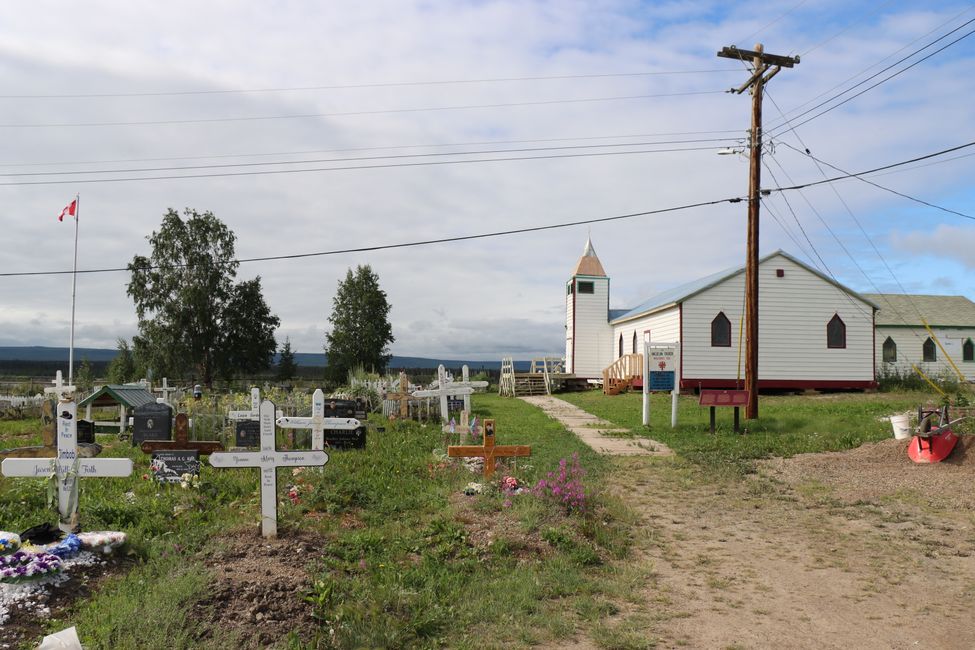

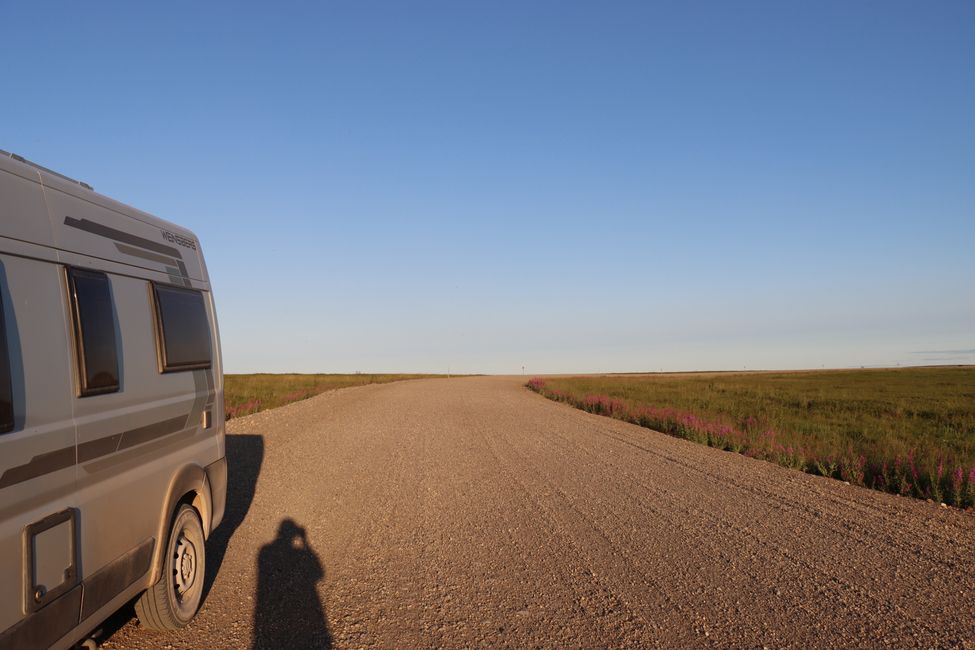
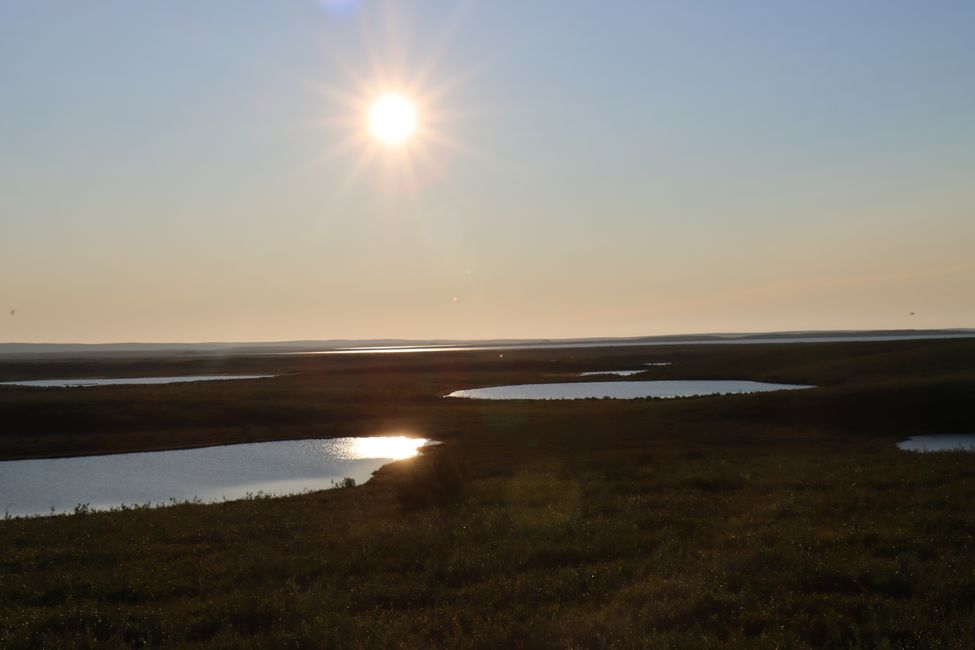
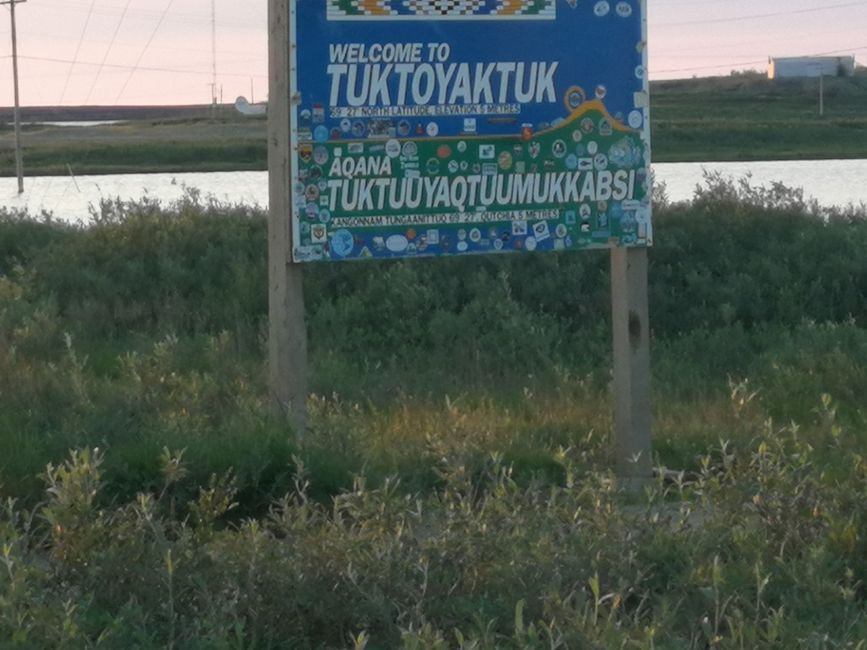
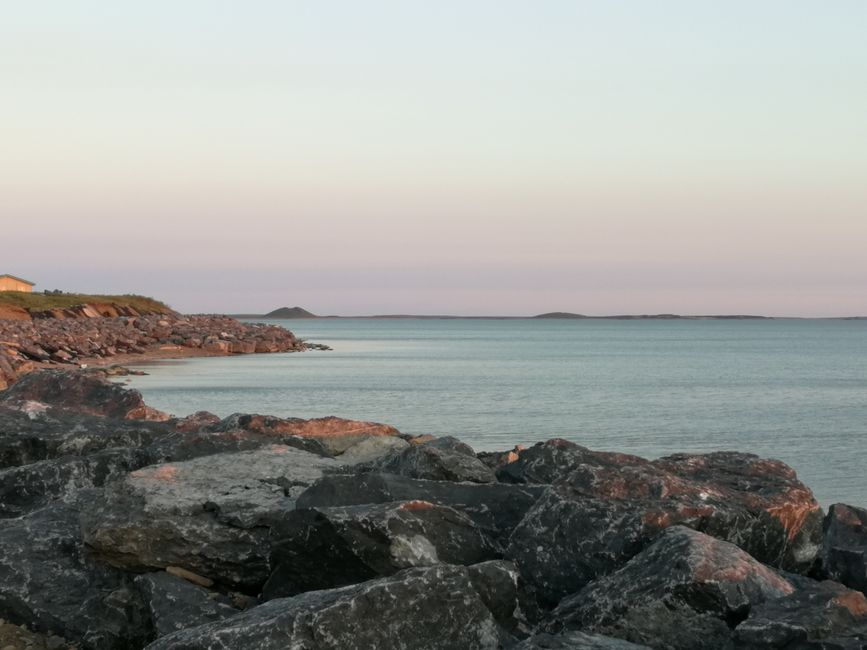
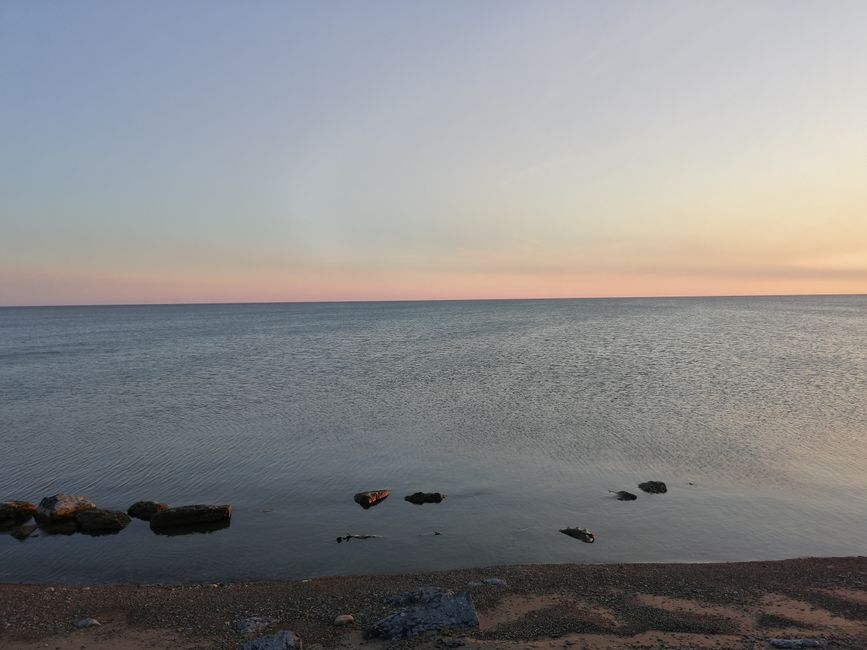
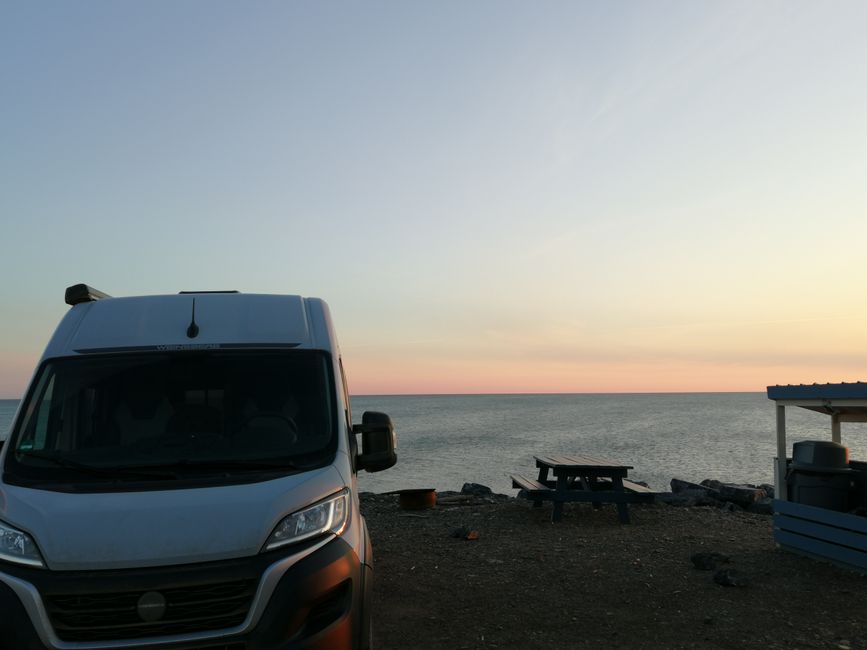
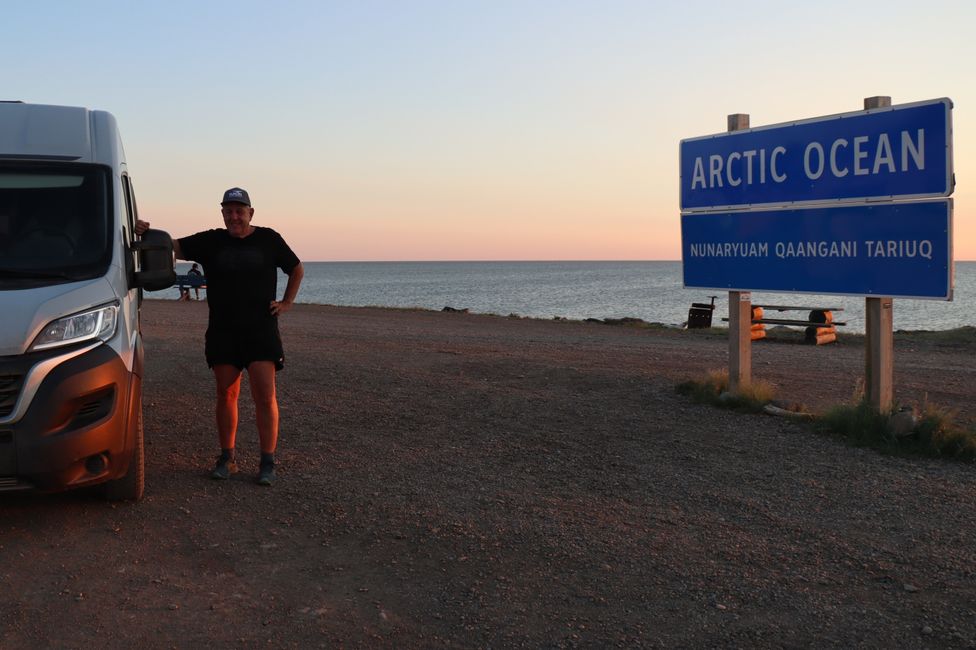
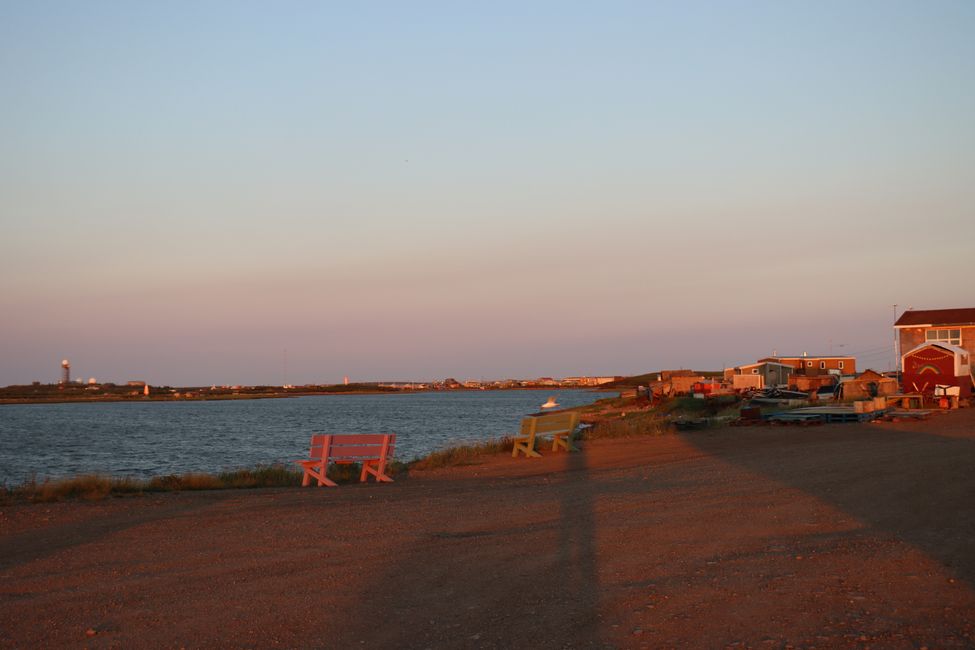
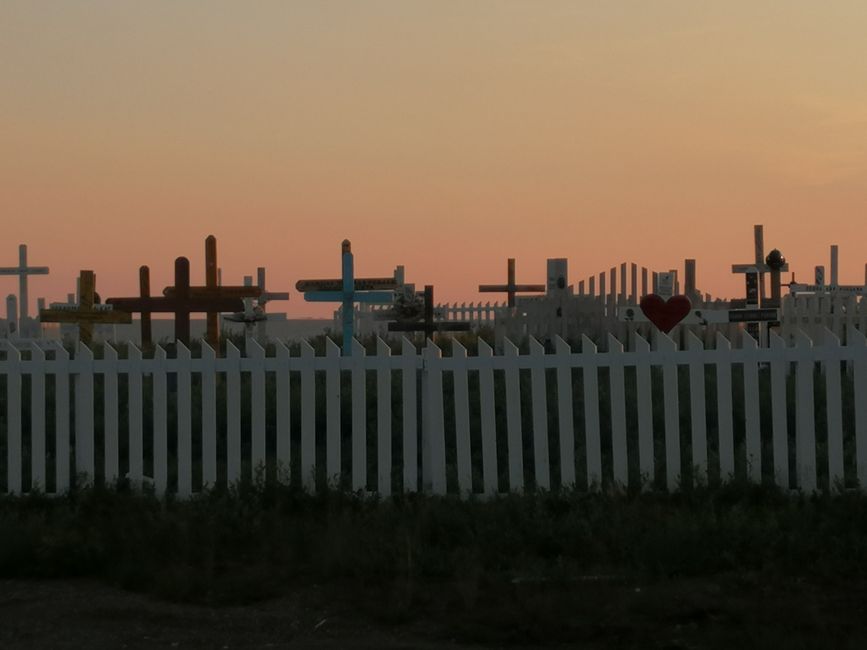
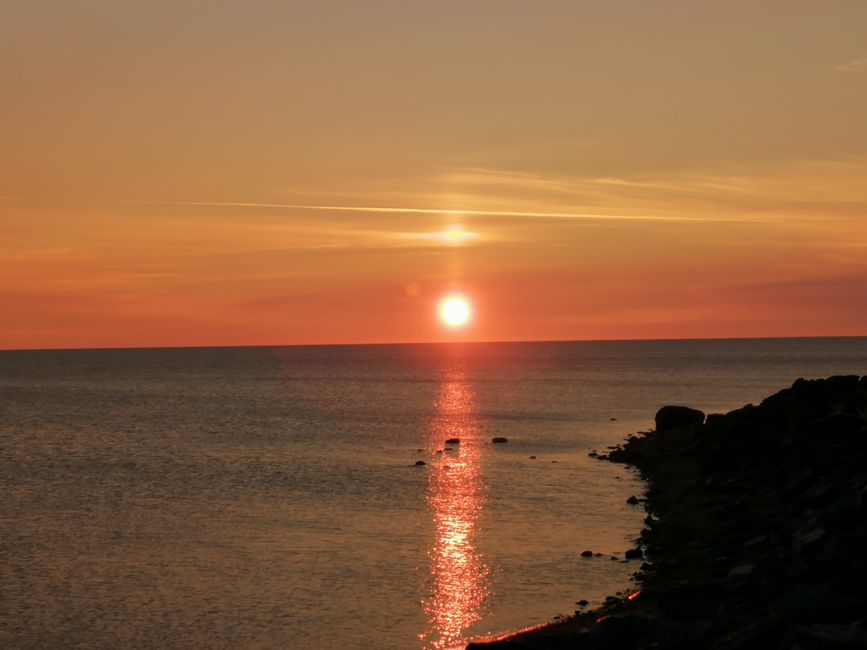
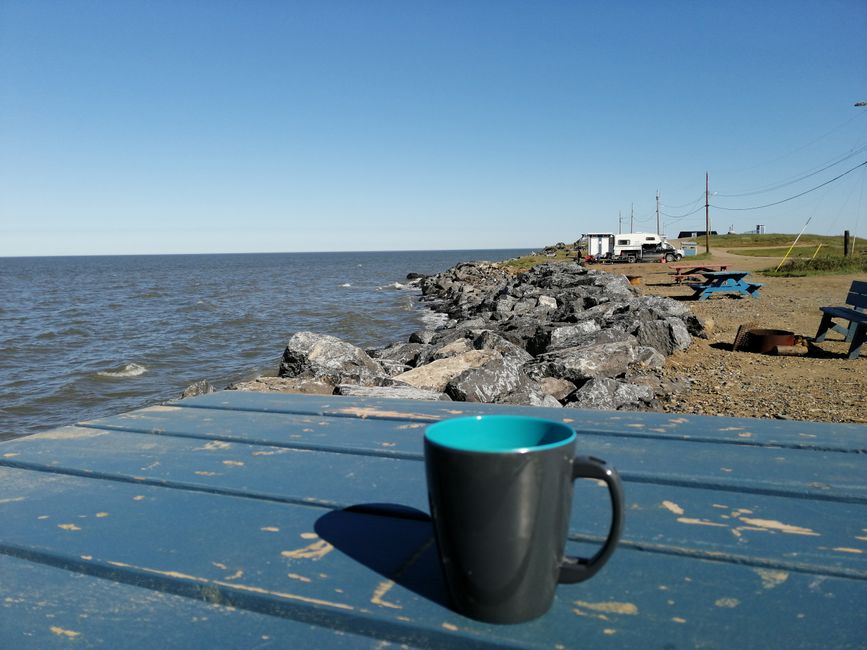
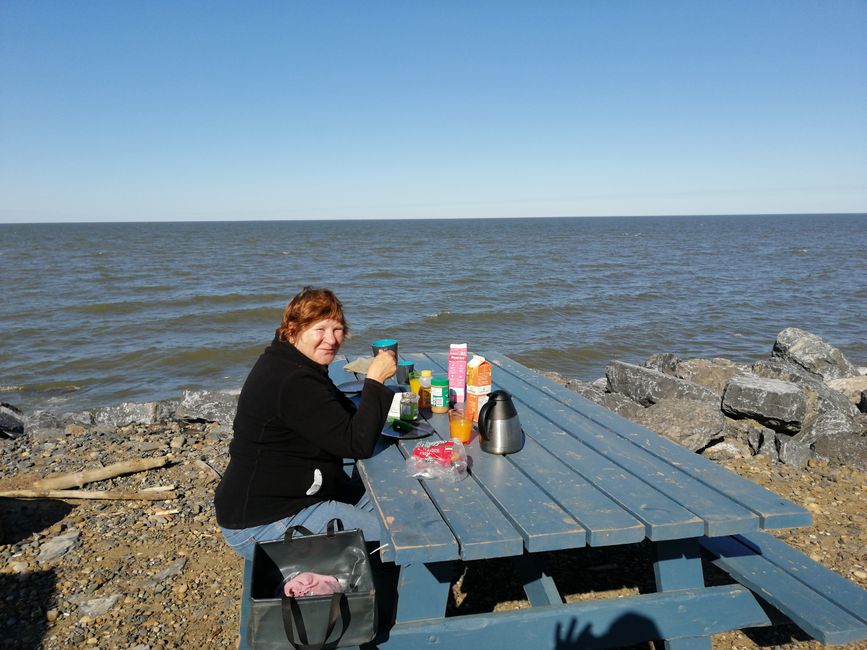
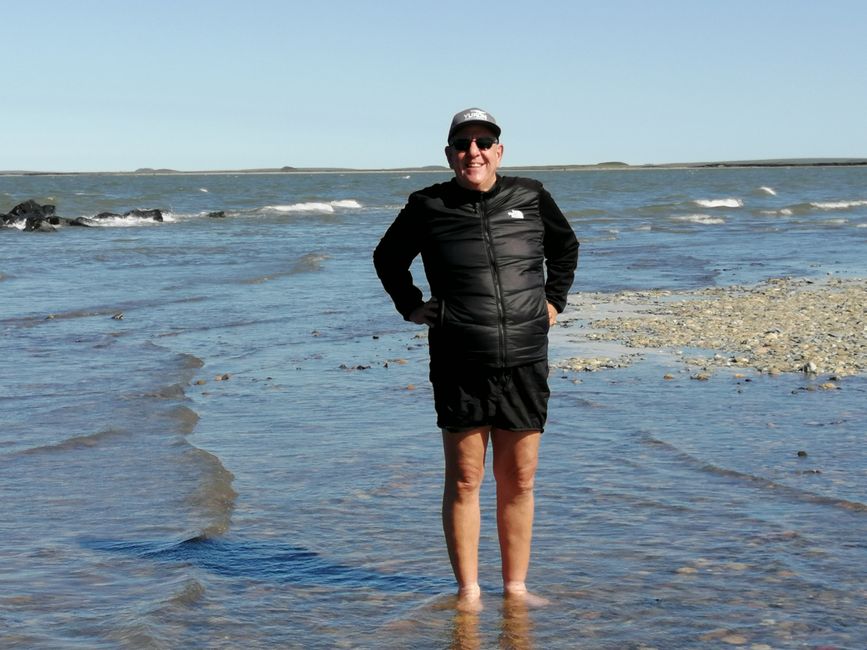
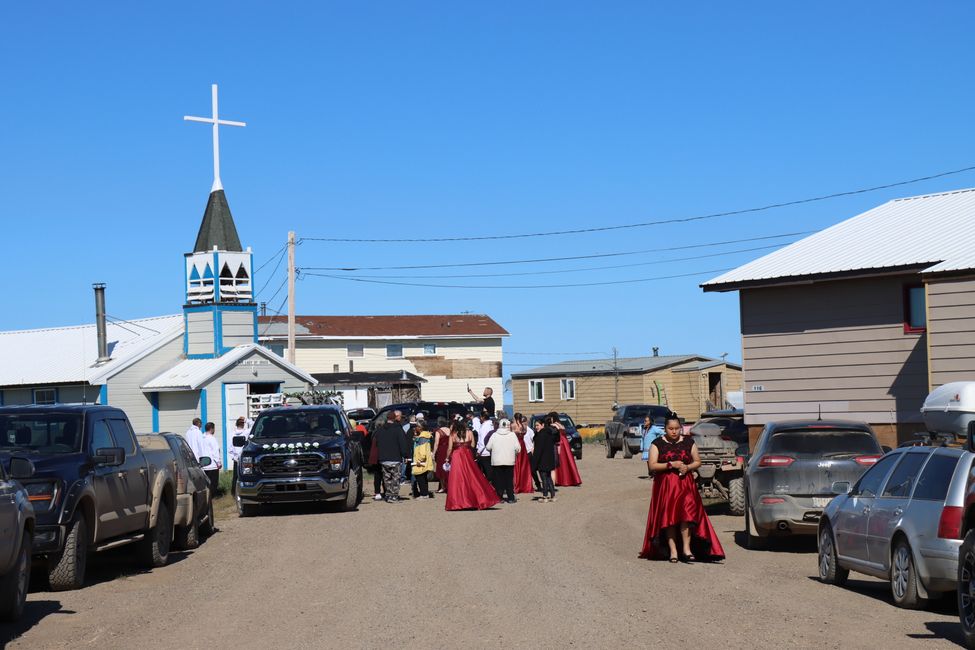
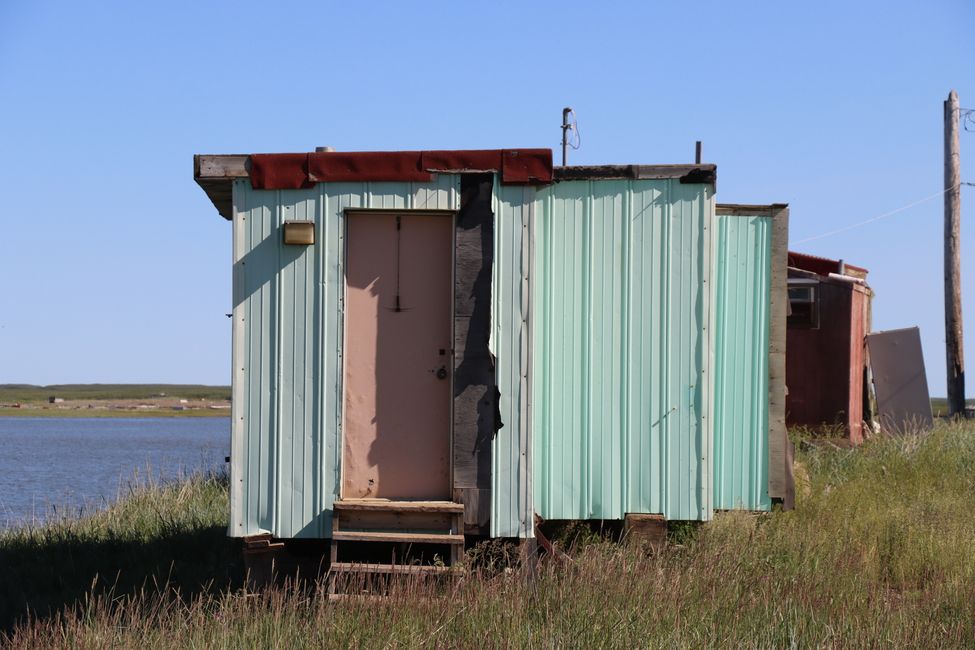
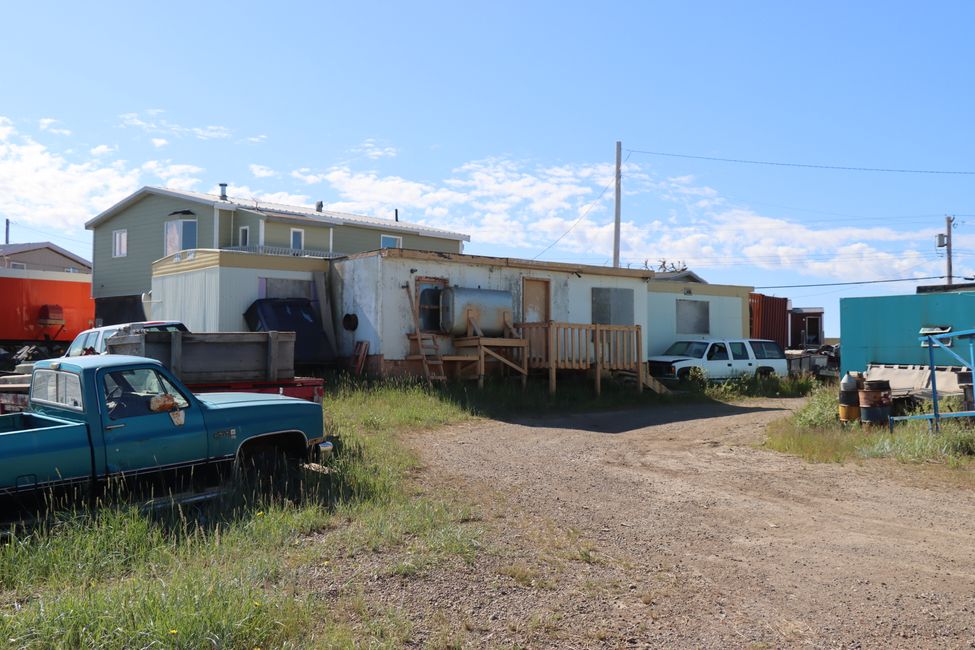
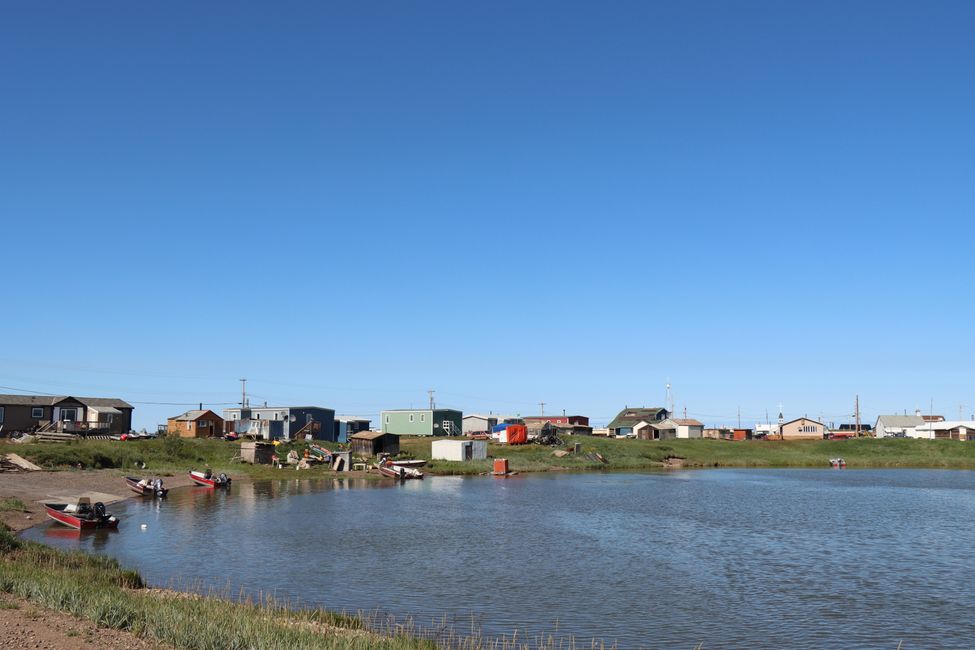
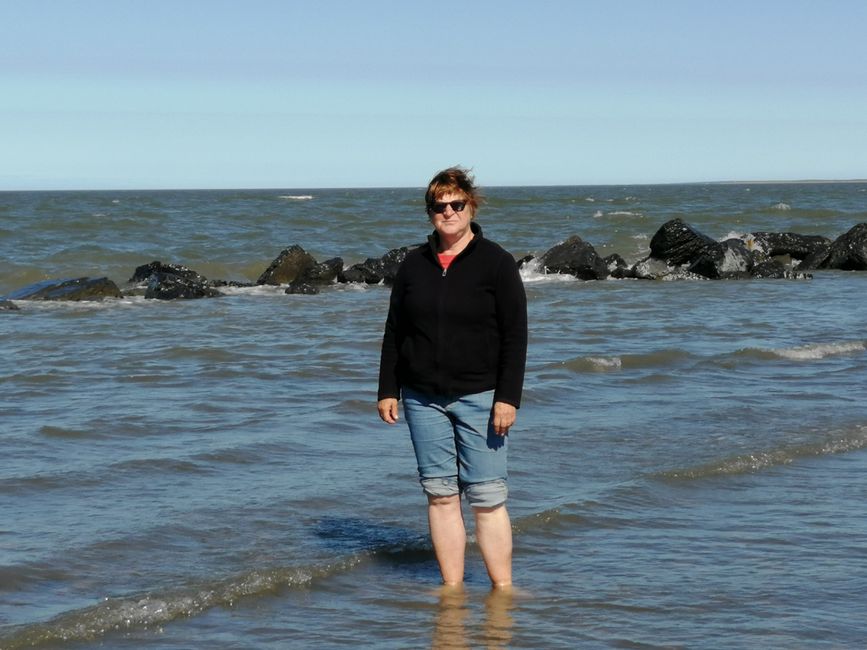
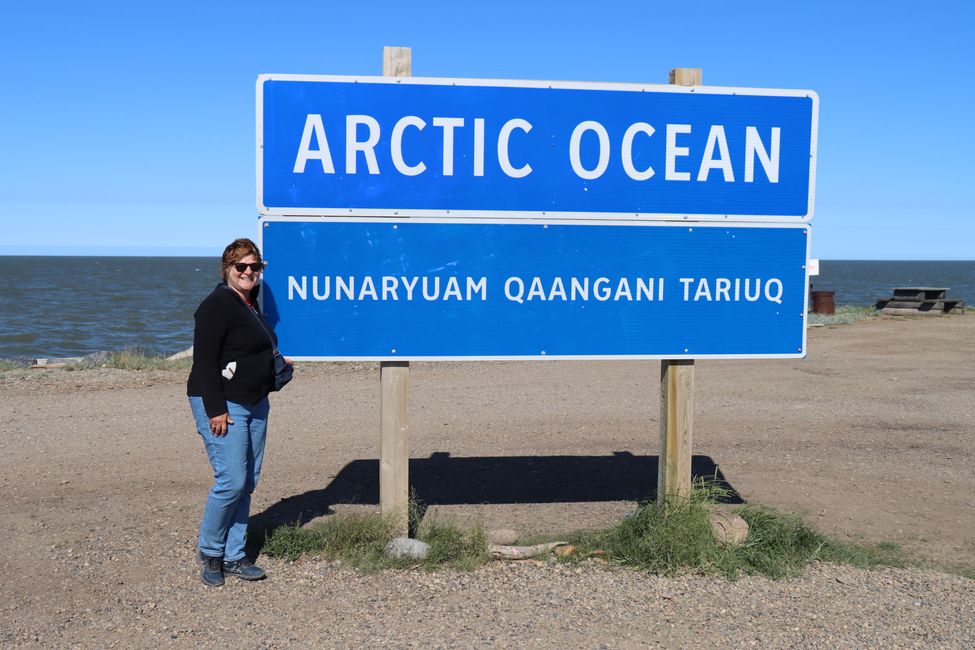
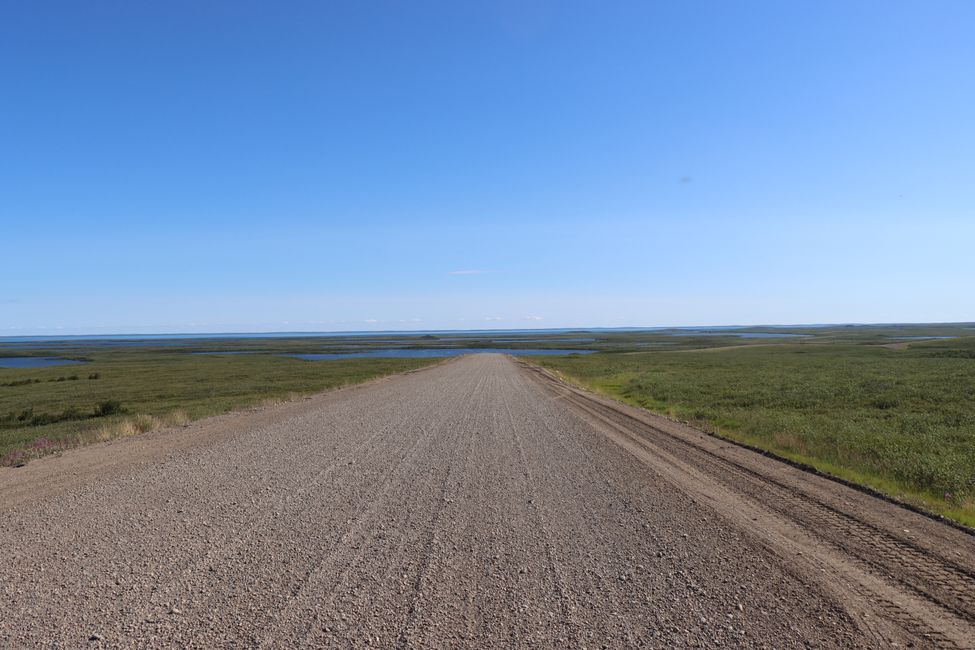
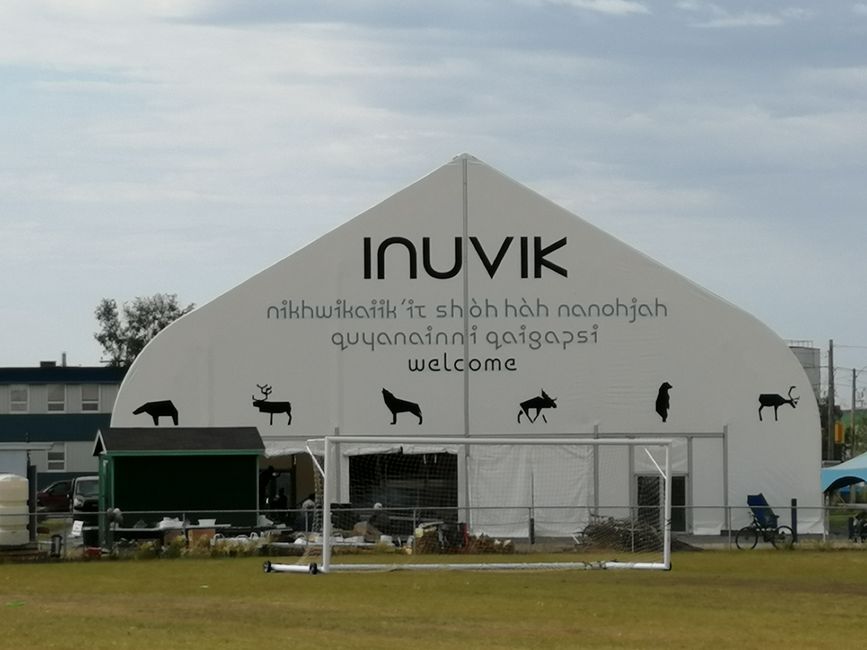
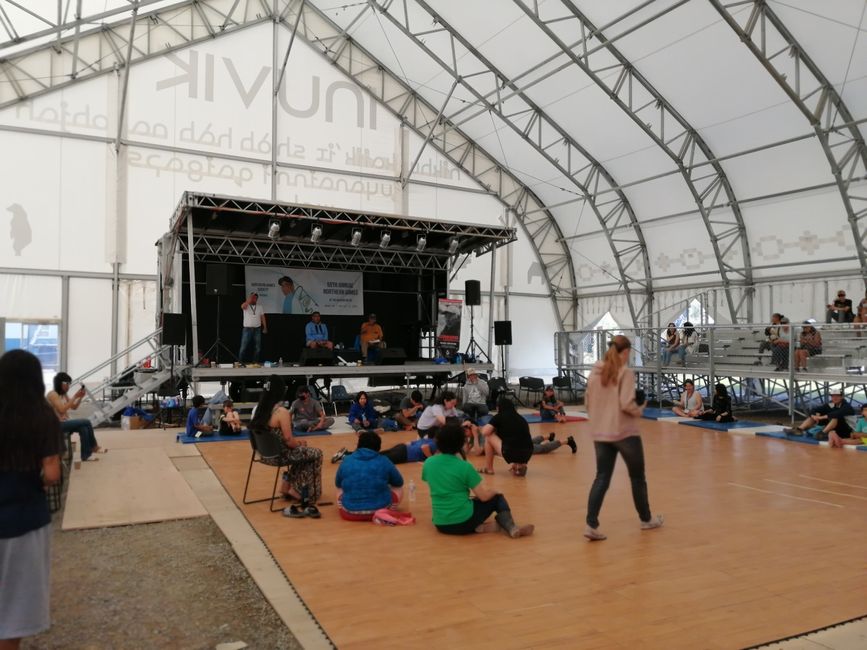
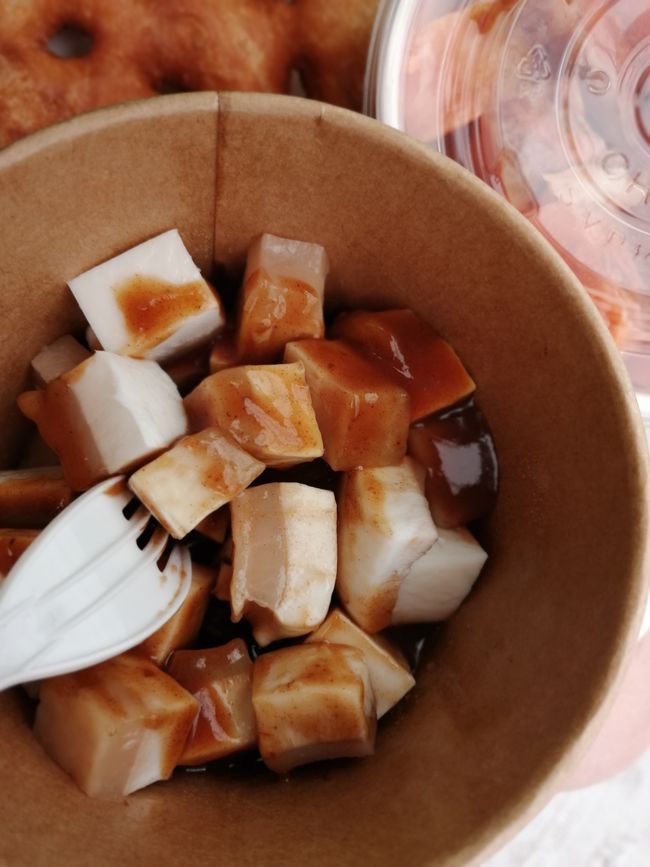
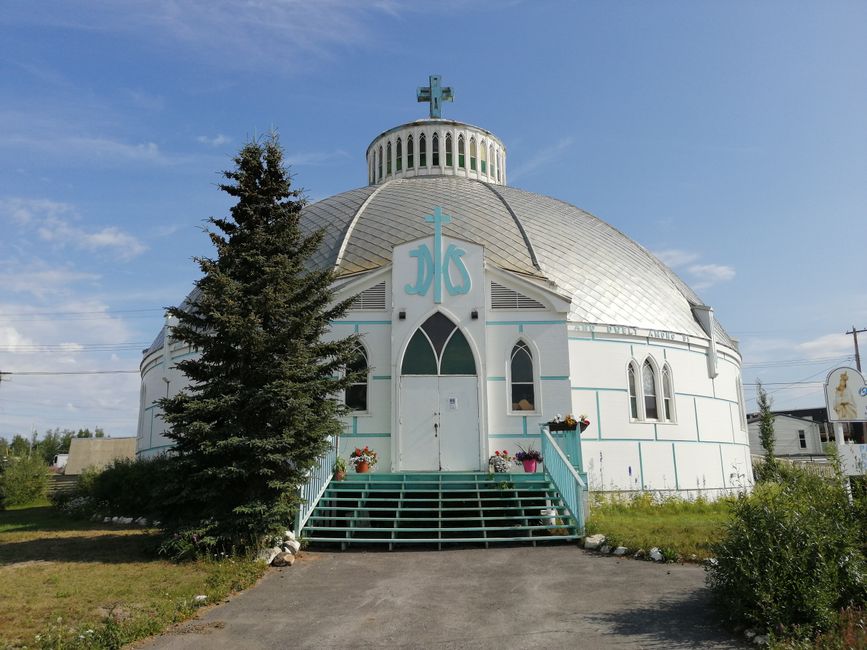
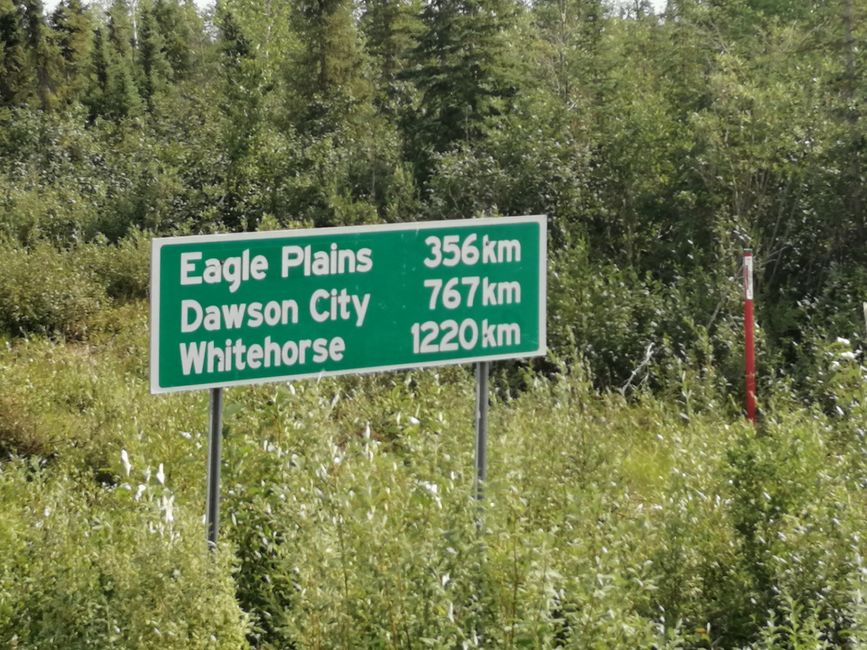
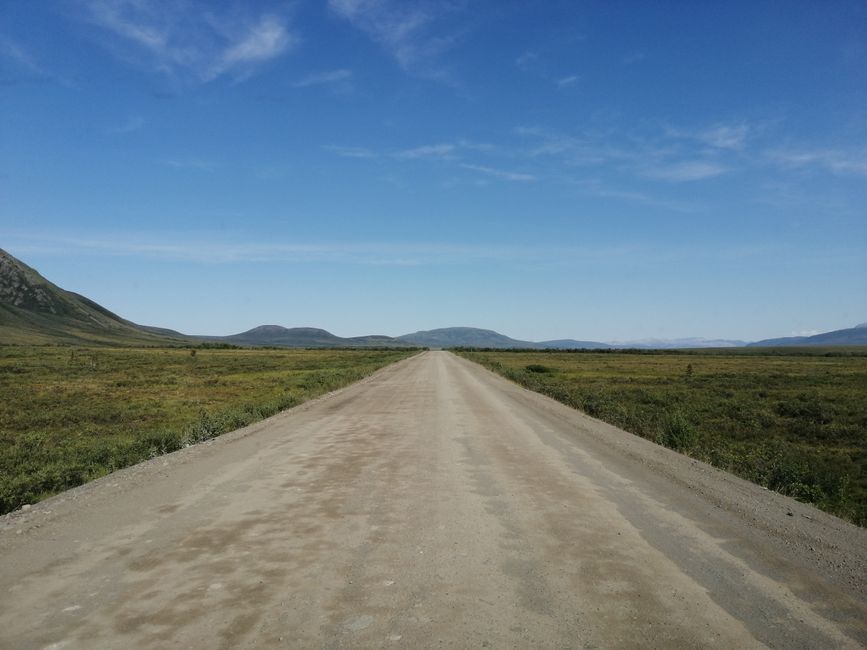

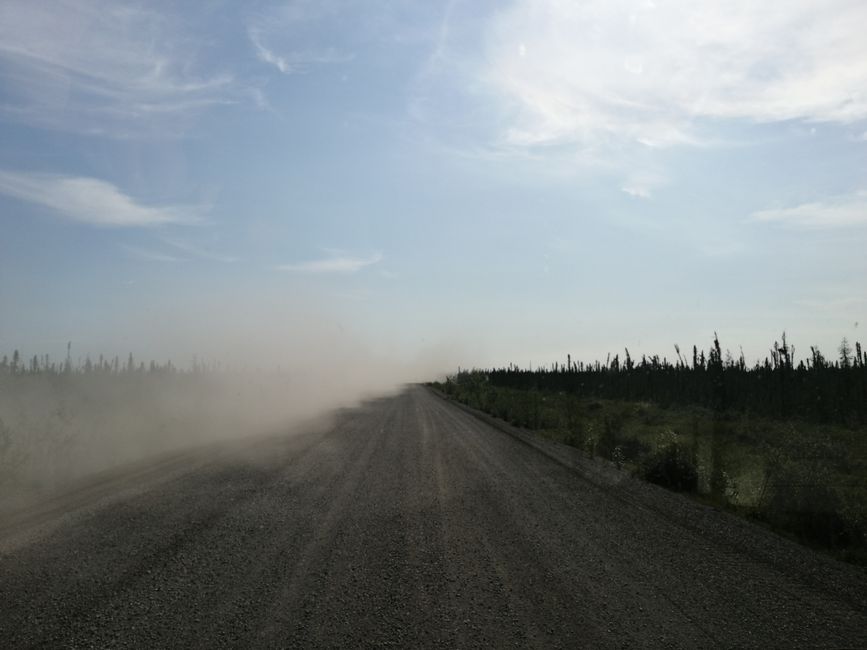
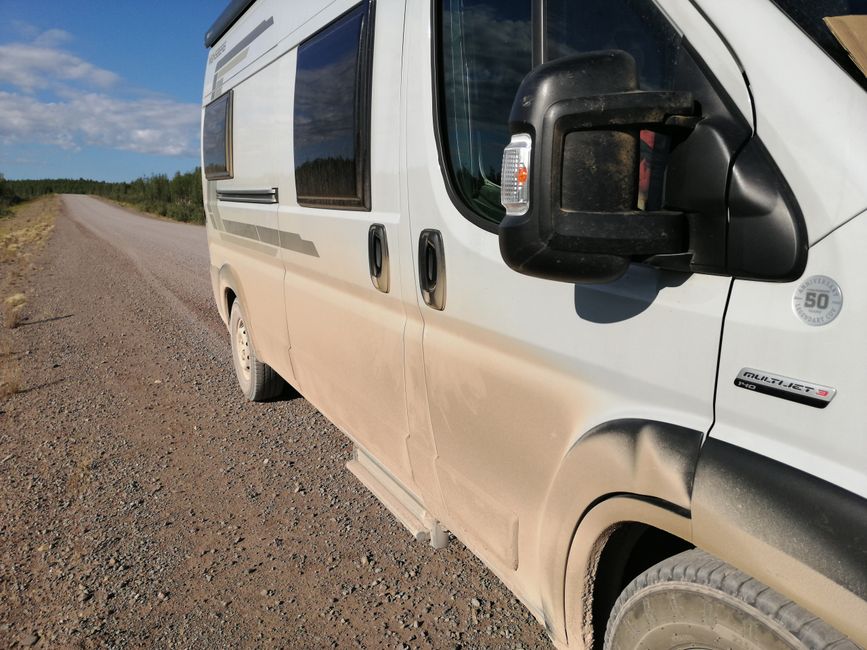
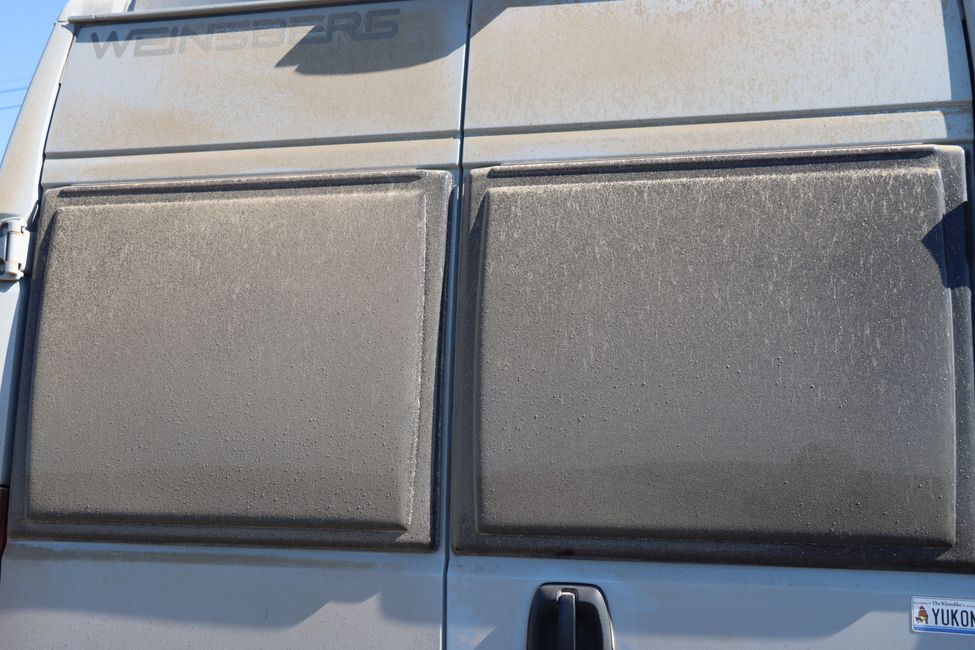
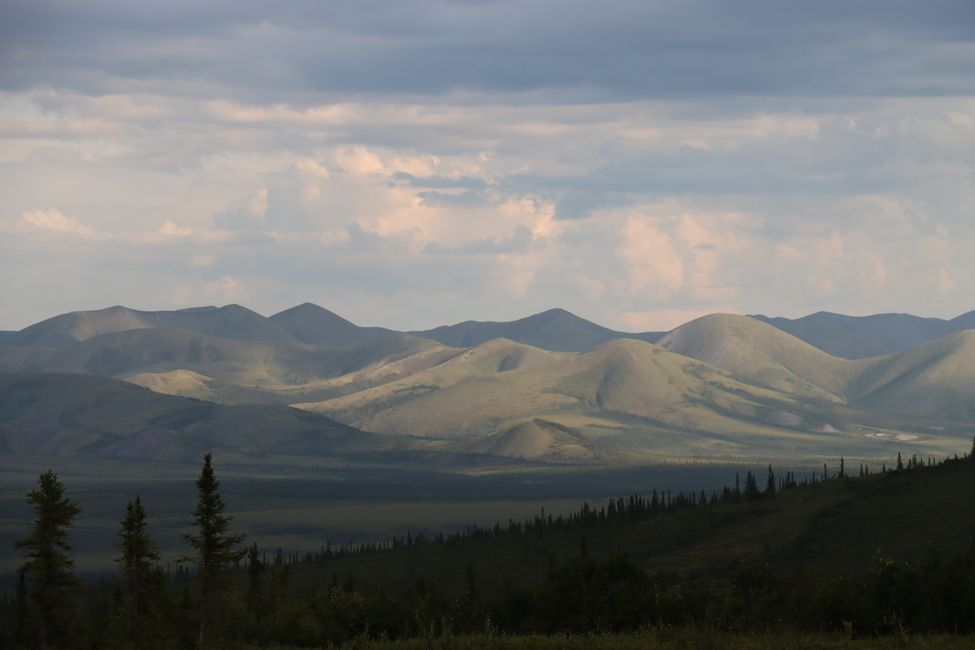



Willakuy qillqaman qillqakuy
Hello everyone, for the past 7 days we have been traveling on the Dempster Highway in Yukon and the Northwest Territories towards the Arctic Ocean.
The Dempster Highway is the northernmost road on earth and runs 736 km of gravel road from the Dempster Corner junction near Dawson City to Inuvik. From there, since fall 2017, you can drive another 144 km to Tuktoyaktuk on the Arctic Ocean (Inuvik-Tuktoyaktuk Hwy). This makes the round trip 1760 km.
At the beginning of the route, there is a notice that medical care is not guaranteed here. After 370 km, there is the first opportunity to refuel or restock. On the way to Inuvik, you cross the Peel River and the Mackenzie River with free ferries. In between is Fort McPherson, a small village mainly inhabited by an indigenous tribe. The landscape is simply magnificent.
The Dempster Highway was more difficult to drive this time than in 2018. The road was mostly not well prepared, constantly having to avoid potholes or larger stones, and there were many worn-out tire tracks. The camper was shaken on the entire route, causing screws and rivets of the interior to come loose. It felt like every third vehicle had a flat tire, but we were spared.
In wet weather, the road is slippery and smooth, but this was rarely the case this time. Instead, it was so dry and dusty that when facing oncoming vehicles, especially trucks, you couldn't see anything for minutes due to the dust cloud. The fine dust penetrated through the ventilation slots and forced ventilation of the roof hatches into our camper, leaving a thick layer of dust inside, even in the drawers and on the beds. The dust was noticeable even in our airways.
After 3 days, we reached Inuvik and, because we couldn't find a good camping spot, we drove to Tuktoyaktuk between half past nine in the evening and one in the morning. Since it is 24 hours bright at this time of year, this was not a problem but rather a very special moment. When you arrive at the Arctic Ocean, all the hardships are rewarded.
Before the trip, our goal was to stand there with our own camper. (we made it, Frank).
Tuktoyaktuk is a very special place. Mostly Inuit live there. We talked for a while with a local who told us about life here in absolute solitude. In early July, two polar bears 'stranded' in Tuktoyaktuk, which is an absolute exception.
On the way back, we stopped in Inuvik. The 'Northern Games' were taking place there, special sporting competitions and other disciplines, such as how to cut dried salmon quickly. We ate the local dishes Muktuk (Beluga whale) and frozen salmon there.
We made it through the return journey as well.
On the paved Klondike Highway, we had to drive through a forest fire area 30 km in the evening. Smoke and fire were visible on both sides of the road, with open flames and burning tree trunks.
Unfortunately, we heard in the news that our favorite place in the Rocky Mountains, Jasper, was destroyed 30 to 50 percent by forest fires a few days ago. The entire area was evacuated, and tens of thousands had to leave the national park. Four weeks ago, we spent several days there. We are horrified.
The Dempster Highway is the northernmost road on earth and runs 736 km of gravel road from the Dempster Corner junction near Dawson City to Inuvik. From there, since fall 2017, you can drive another 144 km to Tuktoyaktuk on the Arctic Ocean (Inuvik-Tuktoyaktuk Hwy). This makes the round trip 1760 km.
At the beginning of the route, there is a notice that medical care is not guaranteed here. After 370 km, there is the first opportunity to refuel or restock. On the way to Inuvik, you cross the Peel River and the Mackenzie River with free ferries. In between is Fort McPherson, a small village mainly inhabited by an indigenous tribe. The landscape is simply magnificent.
The Dempster Highway was more difficult to drive this time than in 2018. The road was mostly not well prepared, constantly having to avoid potholes or larger stones, and there were many worn-out tire tracks. The camper was shaken on the entire route, causing screws and rivets of the interior to come loose. It felt like every third vehicle had a flat tire, but we were spared.
In wet weather, the road is slippery and smooth, but this was rarely the case this time. Instead, it was so dry and dusty that when facing oncoming vehicles, especially trucks, you couldn't see anything for minutes due to the dust cloud. The fine dust penetrated through the ventilation slots and forced ventilation of the roof hatches into our camper, leaving a thick layer of dust inside, even in the drawers and on the beds. The dust was noticeable even in our airways.
After 3 days, we reached Inuvik and, because we couldn't find a good camping spot, we drove to Tuktoyaktuk between half past nine in the evening and one in the morning. Since it is 24 hours bright at this time of year, this was not a problem but rather a very special moment. When you arrive at the Arctic Ocean, all the hardships are rewarded.
Before the trip, our goal was to stand there with our own camper. (we made it, Frank).
Tuktoyaktuk is a very special place. Mostly Inuit live there. We talked for a while with a local who told us about life here in absolute solitude. In early July, two polar bears 'stranded' in Tuktoyaktuk, which is an absolute exception.
On the way back, we stopped in Inuvik. The 'Northern Games' were taking place there, special sporting competitions and other disciplines, such as how to cut dried salmon quickly. We ate the local dishes Muktuk (Beluga whale) and frozen salmon there.
We made it through the return journey as well.
On the paved Klondike Highway, we had to drive through a forest fire area 30 km in the evening. Smoke and fire were visible on both sides of the road, with open flames and burning tree trunks.
Unfortunately, we heard in the news that our favorite place in the Rocky Mountains, Jasper, was destroyed 30 to 50 percent by forest fires a few days ago. The entire area was evacuated, and tens of thousands had to leave the national park. Four weeks ago, we spent several days there. We are horrified.
Willakuy qillqaman qillqakuy
Kutichiy (3)
Stephanie
Hui, da habt ihr ja eine abenteuerliche Strecke hinter euch...zum Glück habt ihr die Fahrt gut überstanden :-)Iga and Raymond from Yellowknife
It was nice to meet you.Thommi
Waldbrände, neue Freunde, der arktische Ozean und der innovativsten Steinschlagschutz den ich je gesehen hab! :D
Das kann euch keiner mehr nehmen.
Hoffentlich hat der Schutz auch entsprechend geholfen!
Viaje willakuy Canadá suyupi

